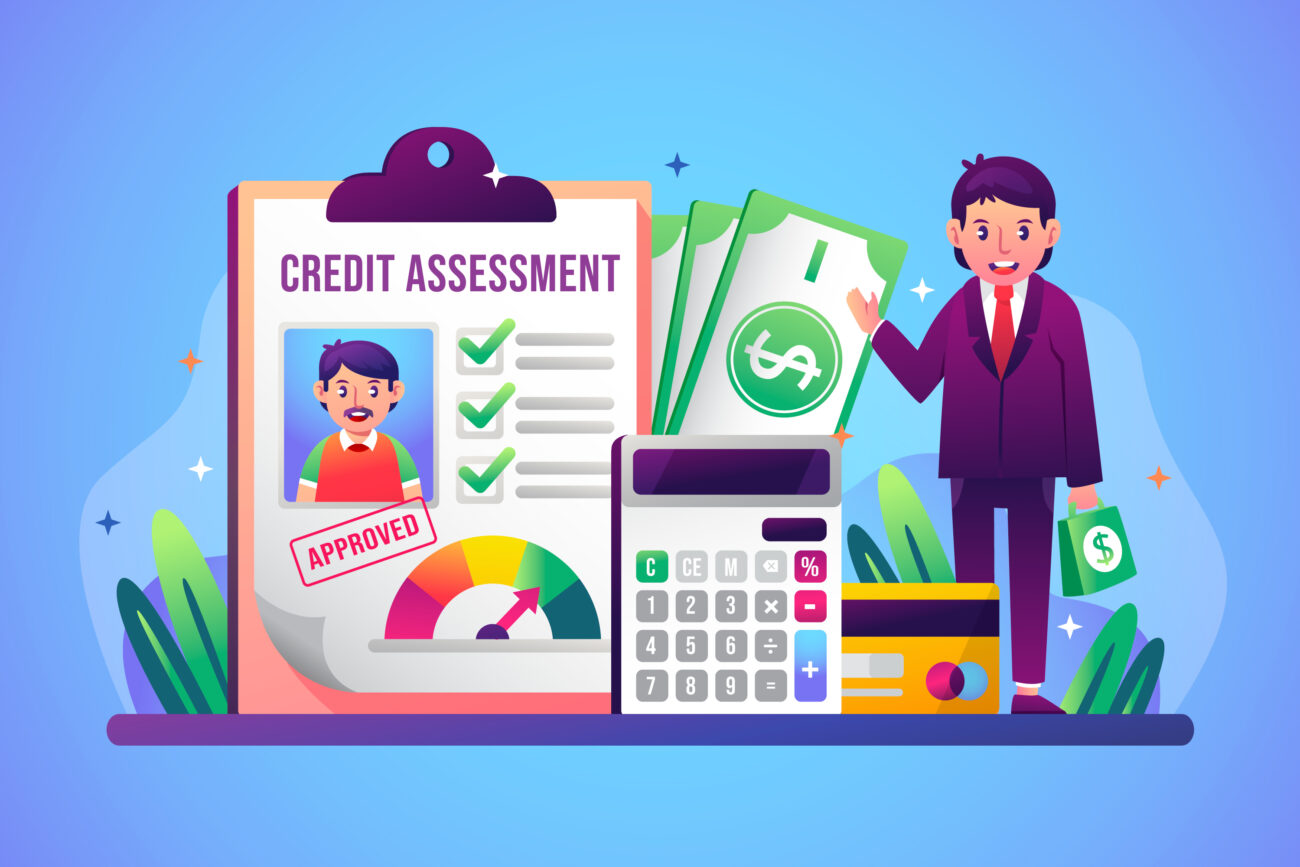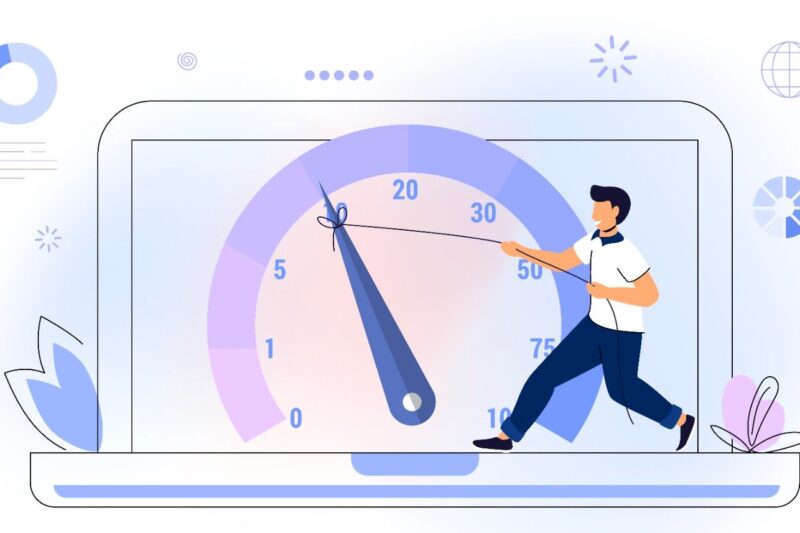Settling a loan may give you temporary relief, but it often leaves behind a financial burden because your financial score takes a hit. Many people are unaware of the long-term impact until they try to apply for a new loan or credit card and face rejection at that time. But the good news is that while the damage is real, it is not permanent. With the right approach, you will be able to rebuild credit health and get back on track.
Here, we will take a look at how to improve credit score after loan settlement, share practical tips to rebuild credit history, and highlight effective credit repair strategies. Through this, you will also be able to understand the common errors and how to avoid credit mistakes after settlement.
Why does a loan settlement hurt your credit score?
When you settle a loan, it means that you have paid less than what was originally owed by you, after negotiations with the lender. This may help you solve your immediate financial stress, as it sends a negative signal to future lenders that you were unable to repay as a whole.
The term ‘settled’ stays in your credit report for several years, which will make it harder to get a fresh credit. So the first and primary step to rebuild credit health is to understand the seriousness of the settlement and plan your way forward.
So here is the step-by-step process;
Step 1 – Check your credit report
Before you start, get a copy of your credit report from agencies like CIBIL, Experian, or Equifax. This will help you figure out exactly how the settlement is listed. While in some rare cases, errors or old records may wrongly affect your score.
In case you find any mistakes, raise a disagreement immediately. Correcting even a minor error is an important part of credit repair strategies.
Step 2 – Pay all current dues on time
This may seem simple, but it is the most effective way to rebuild credit health, and that is consistency. From now on, never miss a payment. Even a small bill, like credit card EMIs or utility payments, should be cleared on time.
Remember that on-time payments make up a large part of your credit score. While timely payment over months creates a positive track record and helps improve the credit score after loan settlement.
Step 3 – Avoid applying for too much credit
After a loan settlement, you may feel pulled to apply for multiple loans to prove yourself. But keep in mind that too many applications show up as “hard inquiries” on your report, which can lower the chances of your score further.
Apply for new credit only when you are sure of approval. Start small, like a secured credit card against a fixed deposit.
Step 4 – Use credit wisely
Getting your credit is only half of the story; using it responsibly is the key factor. Keep your credit utilization (how much you spend out of your available limit) ratio below 30%. For example, if your credit limit is 1,00,000 rupees, try not to spend more than 30,000 rupees at a time.
Paying off your credit in full each month builds trust, and it is one of the proven credit repair strategies.
Step 5 – Clear old debts
If you have small outstanding amounts that you can clear instantly, go for it. Unpaid dues, even a minor missed payment, can drag your score down. Clearing them shows discipline and helps lenders trust you again.
This is one of the simplest ways through which you can avoid credit mistakes post-settlement.
Step 6 – Build a healthy mix of credit
Lenders highly prefer people who can handle different kinds of credit. Once you are stable, maintain a balance between secured loans and unsecured loans. A healthy mix of both adds strength to your profile and, in turn, helps you rebuild credit health over time.
Step 7 – Be patient
Your score will never bounce back all of a sudden over a single night. Recovery usually takes time; it may take a year or more. It depends on how severe the settlement was. Consistency is the key here. Think of it as something that can help rebuild trust. Lenders need to see a pattern of good behaviour before they treat you as a low-risk borrower again.
Platforms like Olyv evaluate your credit health during the application process and guide you on how to improve it if needed.
Common mistakes to avoid post-settlement
While trying to rebuild, many people repeat errors, which may slow down their progress. Some of the credit mistakes to avoid post-settlement are
- Skipping payments again
- Closing old credit cards
- Overusing credit cards
- Ignoring your report
Simple tips to rebuild credit history
- Keep a close eye on your credit report
- Pay every bill on time, no matter how small
- Use secured credit cards or small loans to rebuild trust
- Keep your spending under control
- Don’t close old accounts unnecessarily
- Slowly add different types of credit
- Stay patient, because it’s a gradual process.
Sticking to these tips can help rebuild credit history, and you’ll start seeing steady improvement.
Conclusion
Setting a loan may feel like closing a chapter, but it also marks the start of your recovery journey. If your credit score is low today, it doesn’t mean that it will never be high again. With the right habits, you will be able to rebuild credit health and regain financial freedom.
So the path that you need to take forward is simple: be disciplined, be on time, and avoid unnecessary borrowing. Use small credit responsibly, keep an eye on your account, and slowly create a new track record. Financial setbacks happen to everyone. What matters is the comeback, and that too with patience and persistence.
Platforms like Olyv are designed to support borrowers by offering clarity, convenience, and access to tailored loan options based on your unique credit profile




